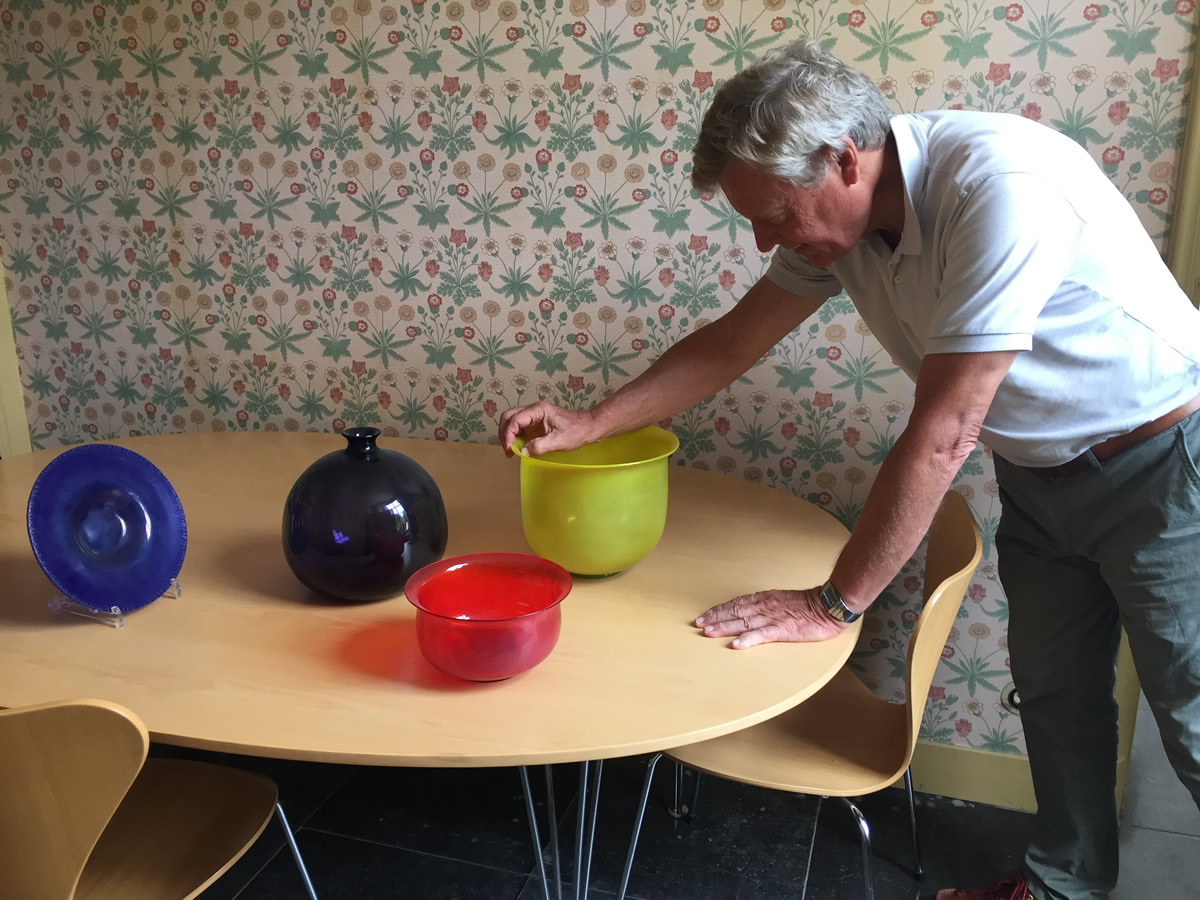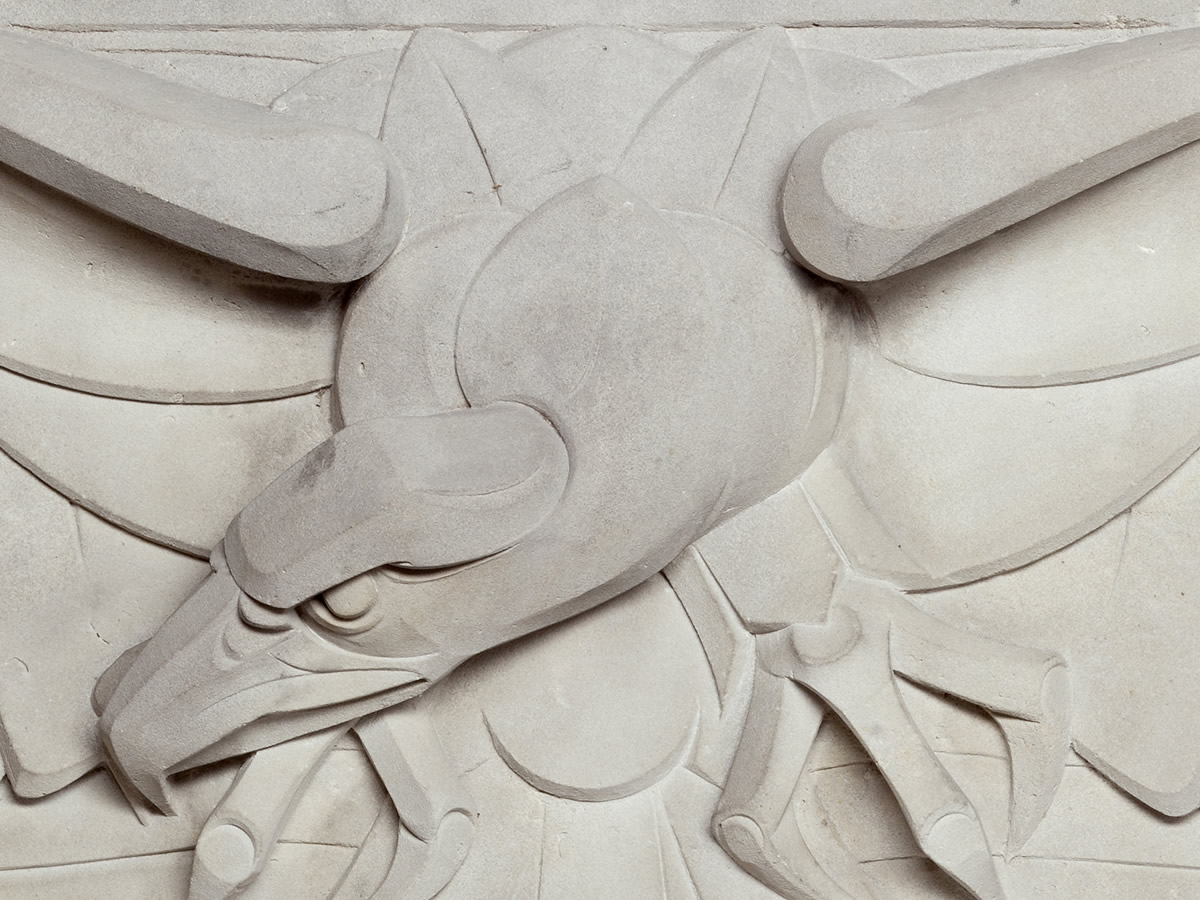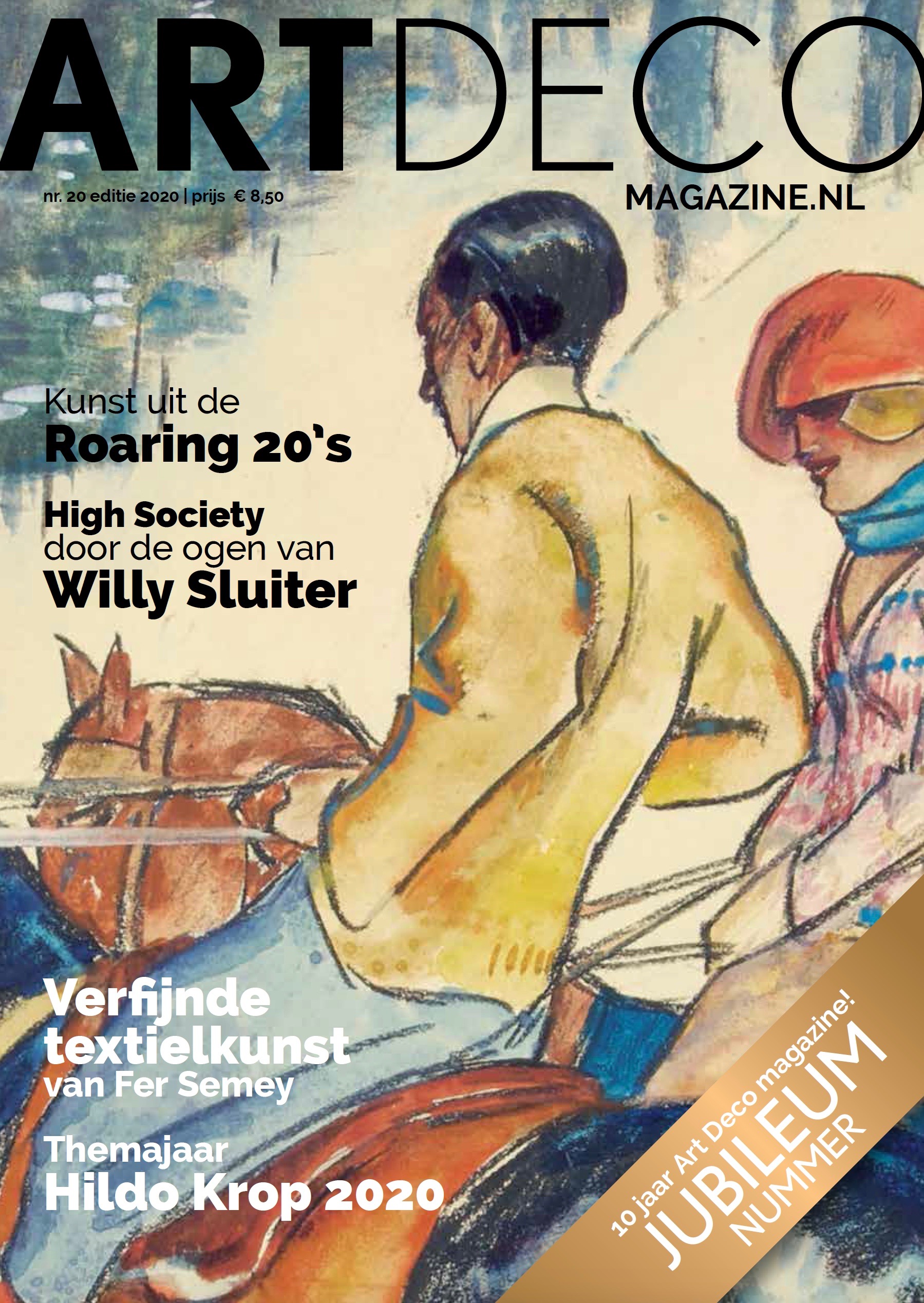Collection Dingemans for sale: Eclectic collection in a historic outdoor estate
In the early 1980s, Jan Mark Dingemans and Jet Croockewit bought an idyllic country estate on the River Angstel, centrally located between Amsterdam and Utrecht. A wonderful home for themselves, their daughters and an ever-growing collection of art objects. Now that a new phase of life has started and Geinzicht is for sale, the art collection is now also on the market. The objects from the Dingemans Collection are for sale at Kunstconsult - 20th century art | objects. The large sales exhibition will take place in the showroom of Kunstconsult in Amstelveen from 16 June to 22 July 2018.
Sales exhibition during Gestolde Dromen IX
The glass objects will be presented at the ninth edition of the glass art exhibition Gestolde Dromen. Art Nouveau furniture and a legendary tapestry are also on display. Keep reading below for the personal story of a passionate collector.
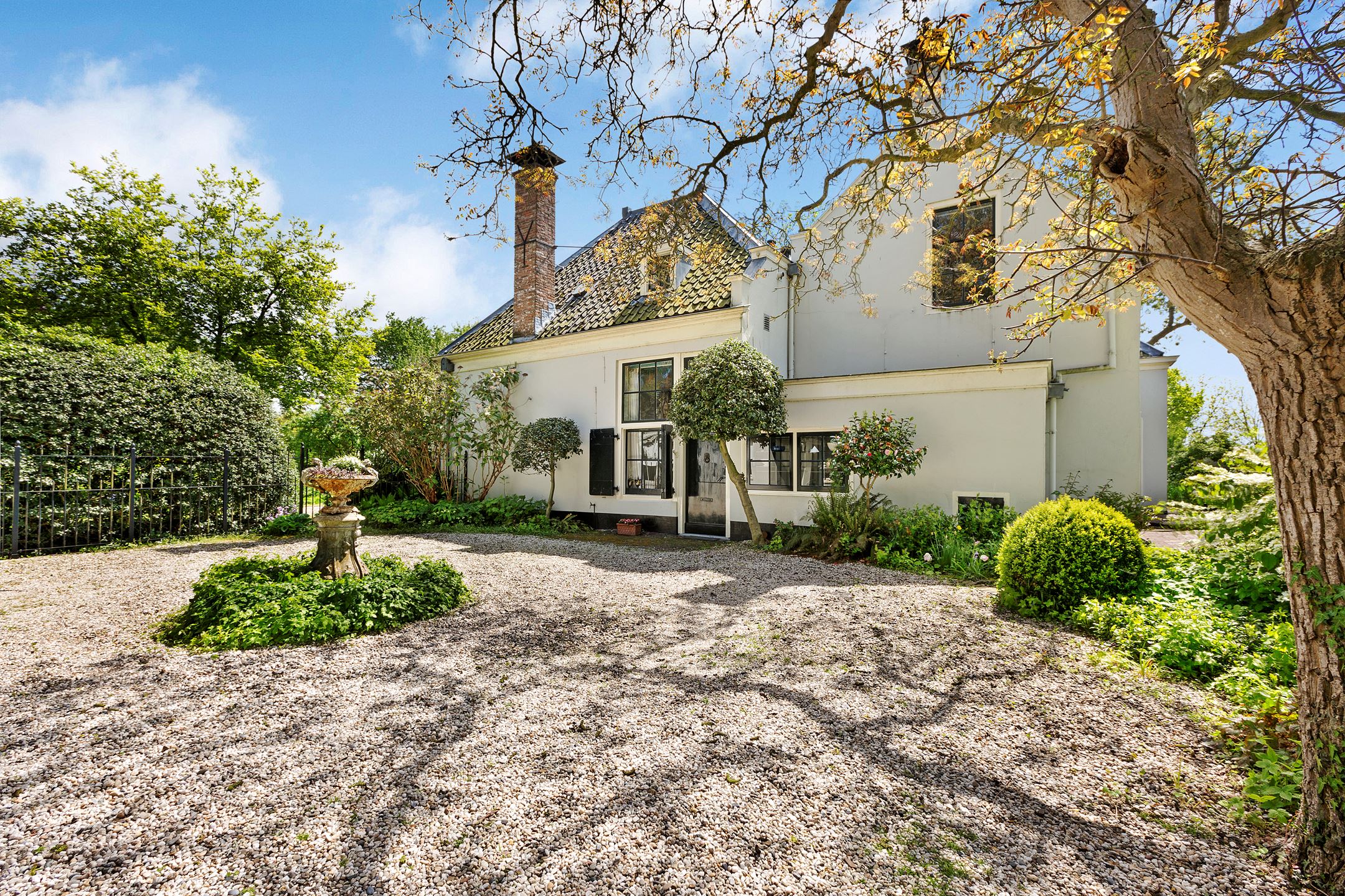
From ceramics to glass art
Buitenplaats Geinzicht dates from the second half of the 18th century. The National Monument has many large high spaces, grouped on both sides of a central hall. From a conservatory at the back of the house the light shines abundantly into the living room. No wonder Jan Mark and Jet quickly shifted their collection focus from ceramics to glass art.
Preference for applied art
Jet had studied art history and was a ceramist. Jan Mark has known the phenomenon of glass art since his youth. 'I come from the neighbourhood of Leerdam and went with my mother to the glass factory to see how glass was blown in the art department. The children of Floris Meydam, who worked as a designer at Glasfabriek Leerdam, were with me at school, the gymnasium in Gorinchem. '
'From the nineties onwards, we systematically collected glass', he says. 'What fascinated me about the material was transparency and colours. Both me and Jet always had a preference for applied art, we felt less attracted to paintings.
Aesthetic collecting
During his working life as a lawyer and chairman of a large law firm, Jan Mark Dingemans made long, intensive working days. He regarded searching for objects for his collection as a relaxing change. 'In practice, I was the collector, Jet was watching along over my shoulder.' Jan Mark outlines how he initially bought objects from an aesthetic point of view. 'I started to buy everything I liked. That also seems to me the only good motive for a starting collector. Later, if you get more insight into it, you will deepen and refine your interest. A collector does not collect to invest’, he emphasizes, ‘but of course you want to know that there is a market. There is an extremely enthusiastic public for glass in the Netherlands. That always starts with smaller pieces. ‘
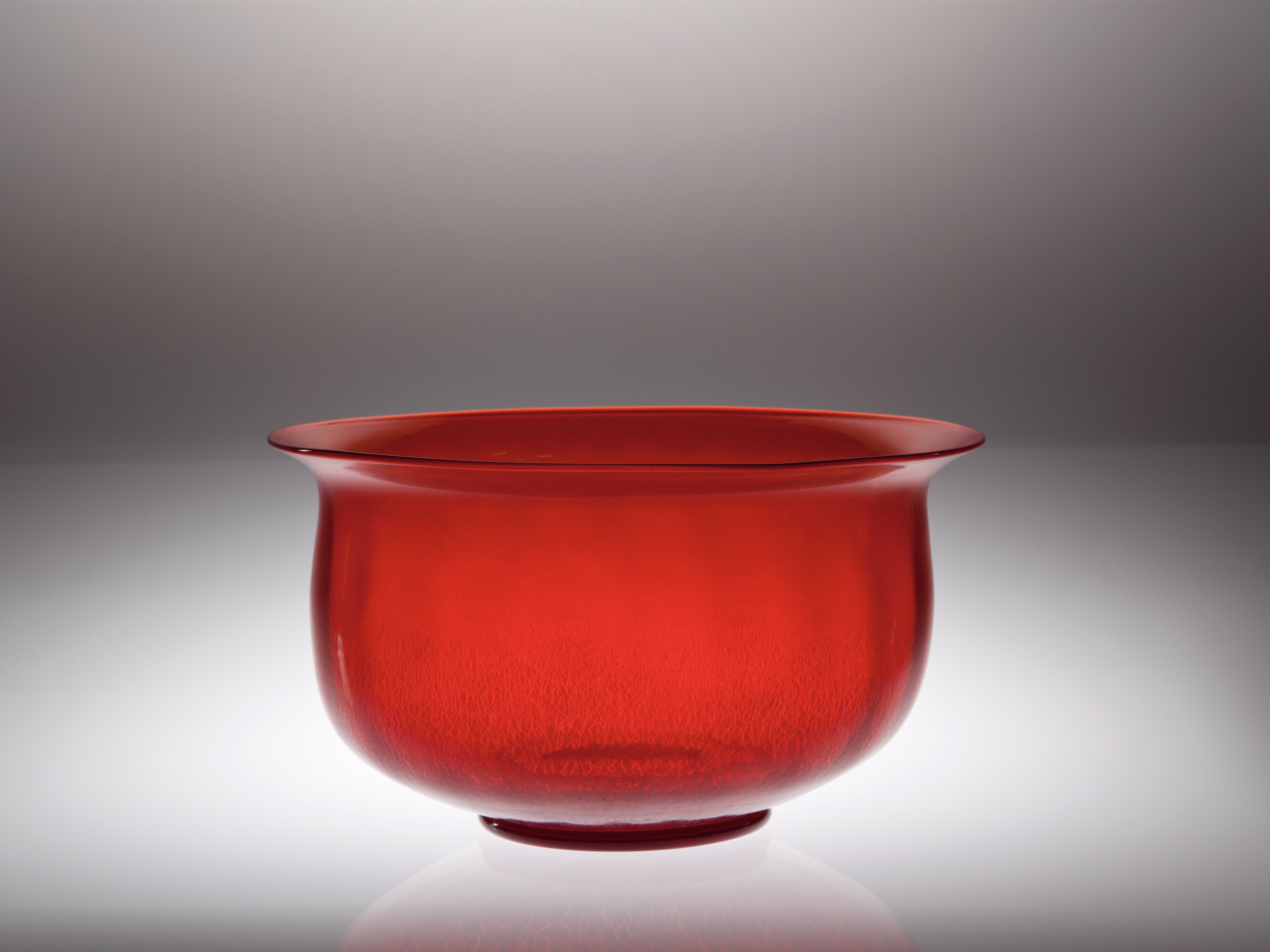
Drive
Asking about his drive as a collector he start to laugh. ‘I want it, haha. Psychology books have been written about this. I would like to call it drive. Drive to add something to your collection. There was a time when I thought: I want everything from Copier until the moment I realized: these are a few thousand pieces.’ In the midst of works by Willem Heesen, Floris Meydam and Chris Lebeau, his glass collection contains a lot of tasteful unica by Andries Copier. ‘I think Copier is a genius. Both technical and practical imagination, innovation and artistry. A unique one. Copier is an unica himself.’
Art Deco and Jugendstil
He grouped the glass objects into the open built-in wardrobes on both sides of the 18th-century fireplace, in showcases in the living room, conservatory and hallway and his study. But it did not stay there. 'My interest in Art Deco and Jugendstil has also arisen from the glass. In addition, I found the furniture particularly interesting. We had the space for this and we had to decorate the rooms anyway. I bought furniture from the periods of the Dutch Art Nouveau and the Amsterdam School. I liked the craftsmanship. The metalwork. And then the woods! Mahogany, coromandel, rosewood: beautiful. I also fell for the rich design, the refinement of it, even though that was a dead end when new professionalism and the Haagse School broke through.
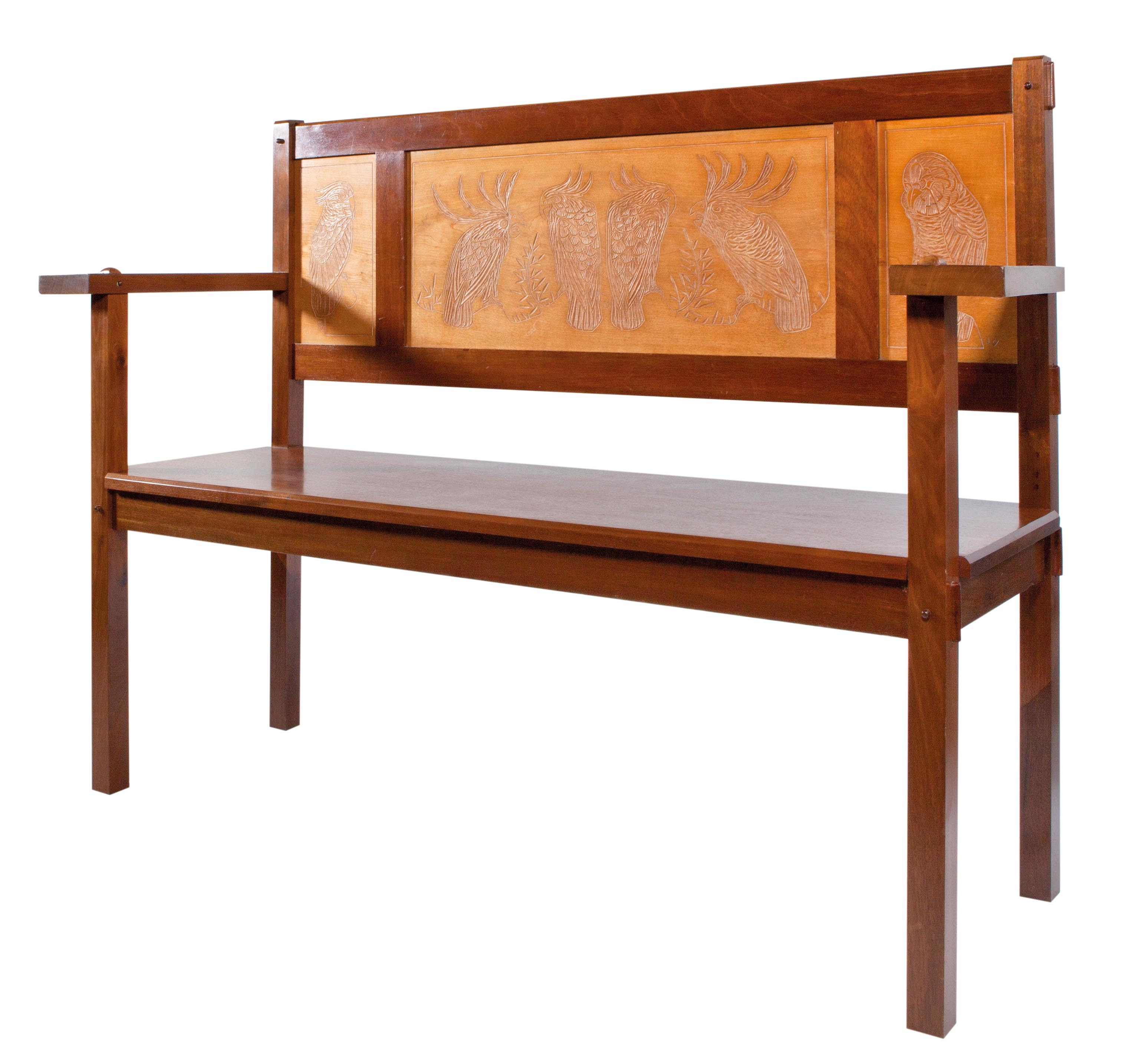
Furniture by Theo van Hoytema
Among others, Theo van Hoytema bought two rare furniture pieces, which he enjoyed for years. The hunting lodge, decorated with expert carving of ducks, was in his study. He found the walnut bench with a decoration of cockatoos - which adorned Geinzicht's library for a long time - at Kunstconsult, where he also regularly came for his glass collection. The special decorative furniture was created through a collaboration with architect Everwijn Verschuyl and Van Hoytema. The latter designed decorations on the maple wood panels and Verschuyl was responsible for the design of the furniture itself, which were made for the A.T. van Wijngaarden & Co. factory.
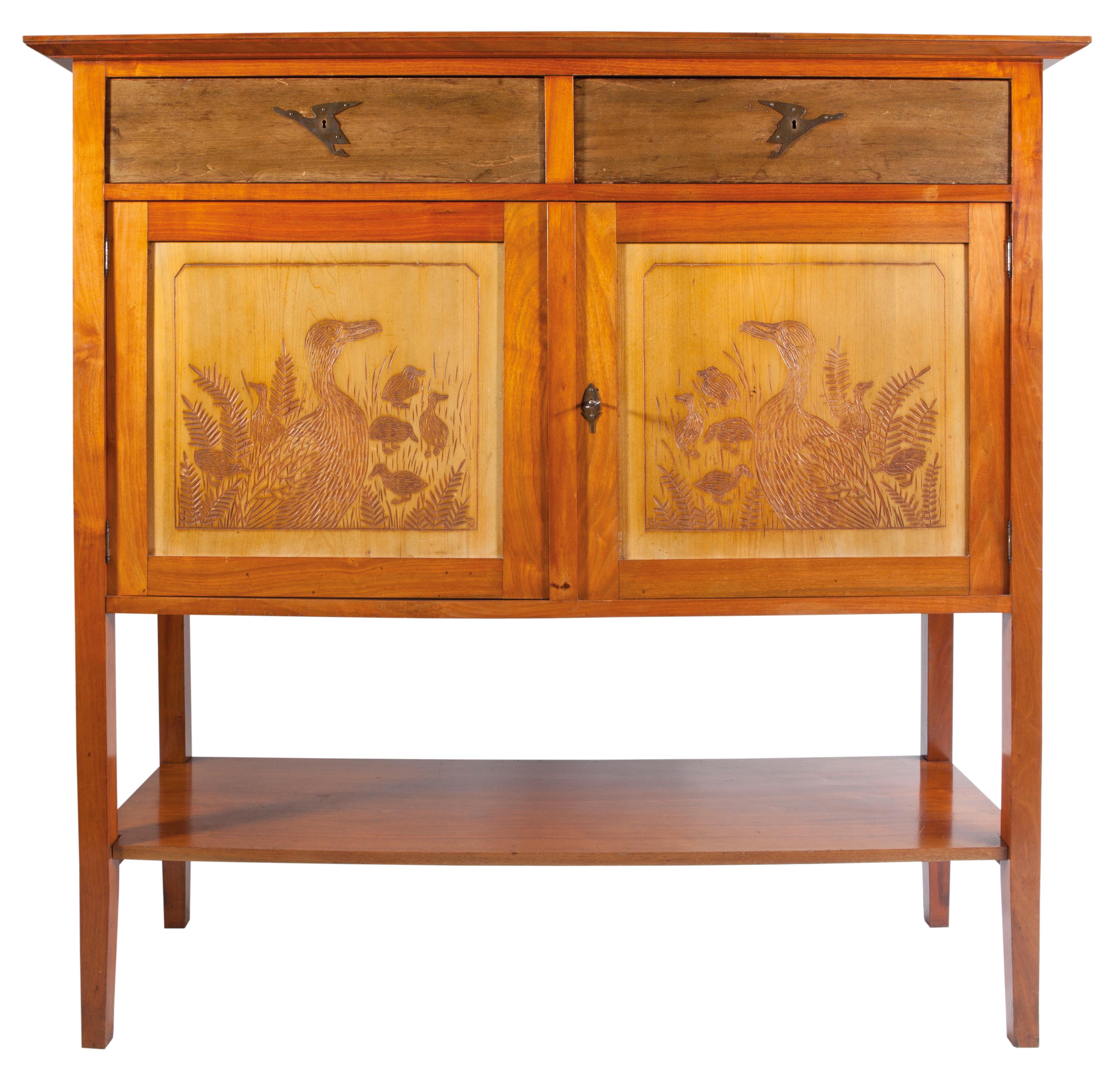
Exhibition catalogue
Both the bench and the hunting lodge can be found in a small exhibition catalogue, whose cover was designed by Van Hoytema. The book was published in the autumn of 1900 and belonged to a traveling exhibition, in which the furniture was exhibited throughout the country. The mahogany hunting lodge with the playful carvings and matching fittings was at that time the most expensive piece (with a price of 185 guilders). The reactions of the critics fit in with the discussion about ornamentation of that time. Where one categorized the decoration as an 'annoying necessity', the other person praised the furniture precisely because of the lively decorations that, according to him, made the object 'extremely attractive'.
Gobelin for ocean liner
At a foreign fair, Jan Mark ran into an exclusive tapestry for his dining room. ‘Hold it for me for half an hour,’ he had asked the merchant, ‘then I'll walk around for a while and think about it.’ He got back just in time not to miss this opportunity. It turned out to be a good choice, because the gobelin with its rich history came to its full potential in the luxurious rooms of Geinzicht. In recent years it adorned the side entrance. The carpet bears the name 'Spring' and was given by C.A. Lion Cachet, designed for the reading room of the passenger ship MS Christaan Huygens in 1927. From the first voyage in February 1928 the ocean liner carried the well-to-do bourgeoisie between Amsterdam and Batavia, until the beginning of the Second World War. The ship was deployed as military equipment and broke in two when it hit a mine in 1945. The gobelin was lost for years but it has been found back in great condition.
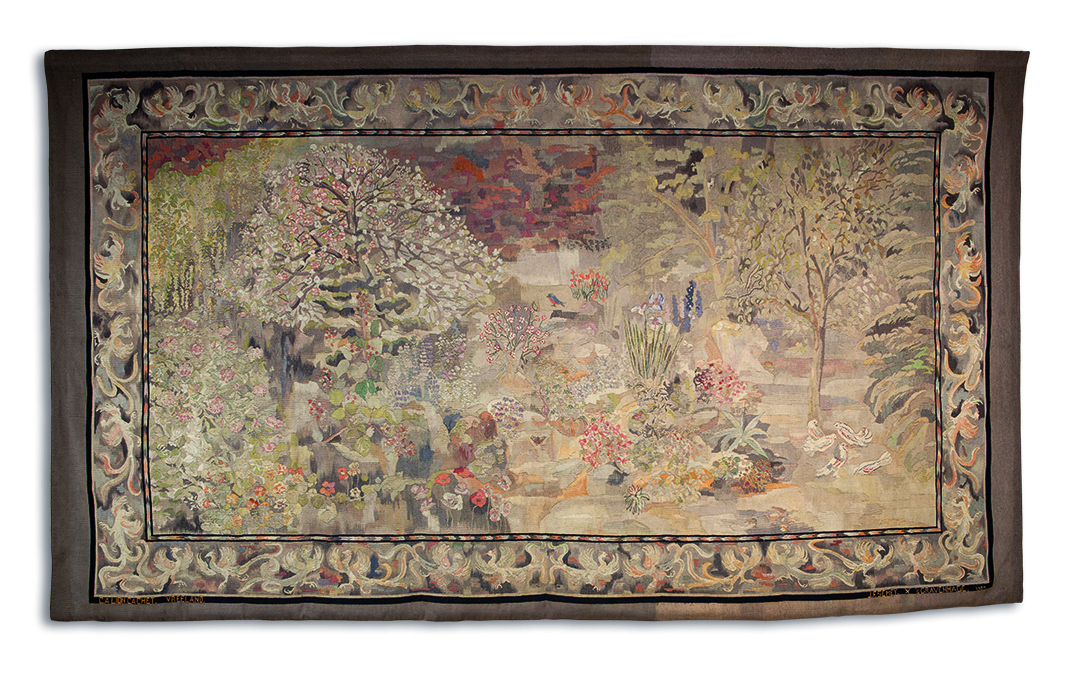
The garden of C.A. Lion Cachet
At the time, the colourful design was the shining centre of the luxurious Art Deco salon, which was executed in grey and white tones. The carpet celebrates spring with imagery inspired by the exuberantly blooming backyard of Lion Cachet himself, in Vreeland, a stone's throw from Geinzicht. There are all kinds of natural beauty to admire: red poppies, blue irises, colourful bushes, and different types of butterflies and birds. The little redbreast in the middle of the carpet plays a subtle leading role. The garden is 'fenced' by an imaginative black band with phoenixes, a motif that recurs regularly in the work of Lion Cachet. The mythical bird can also be found on his plate decorations for Plateelbakkerij De Distel and in his glass designs for Glasfabriek Leerdam. Executor J.F. Semey is also mentioned in the margin of the carpet. The studio Semey from The Hague was known for their skilled weavings of gobelins, which includes several designs by Lion Cachet.
Sales exhibition
Van Hoytema furniture, Lion Cachet's wall cover and the glass collection are for sale and can be seen in the sales exhibition. 'The final stage of collecting has been achieved', Jan Mark notes. He is preparing for a move to a more modest home. Buitenplaats Geinzicht is for sale.
Are you interested in an object from the Dingemans Collection? Then contact Kunstconsult. Information about the sales exhibition can be found under news and events.
Text: Belinda Visser and Naomi Verbeek, in cooperation with Noortje Remmerswaal.
Photos: Erik Rijper (objects), e.a.
© Kunstconsult – 20th century art | objects
Reproduction and distribution of this text is only allowed with correct reference.
